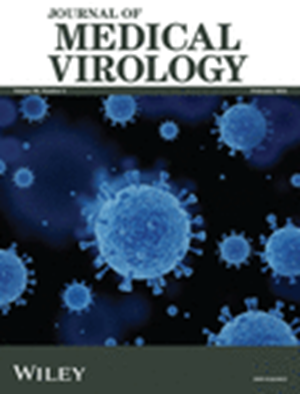Emergence of Antigenic Variants in Bovine H5N1 Influenza Viruses
Abstract
The recent emergence of the H5N1 influenza virus in dairy cattle has raised significant public health concerns. Using a previously established pseudovirus-based neutralization assay, we evaluated the impact of emerging hemagglutinin (HA) mutations on the efficacy of current candidate vaccine viruses (CVVs). Neutralization analysis revealed that the cow-derived H5N1 virus showed up to a 2.2-fold reduction in sensitivity compared to the CVV homologous neutralization titers. Among the 1,453 HA sequences analyzed from cow-derived H5N1 viruses, we identified four major mutations (E2K, D104G, V147M, and S336N) that emerged after the initial isolation, with 134 isolates (9.22%) harboring all four mutations. These multi-mutation variants exhibited up to a 3.3-fold reduction compared with the CVV homologous neutralization titers. Single-mutation analysis demonstrated that the D104G mutation, present in 47.8% of sequences, markedly contributed to antibody escape. Our findings highlight the importance of continued surveillance and antigenic evaluation of emerging variants for pandemic preparedness strategies.

 求助内容:
求助内容: 应助结果提醒方式:
应助结果提醒方式:


